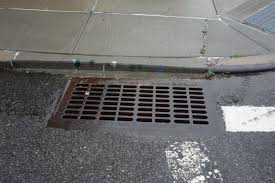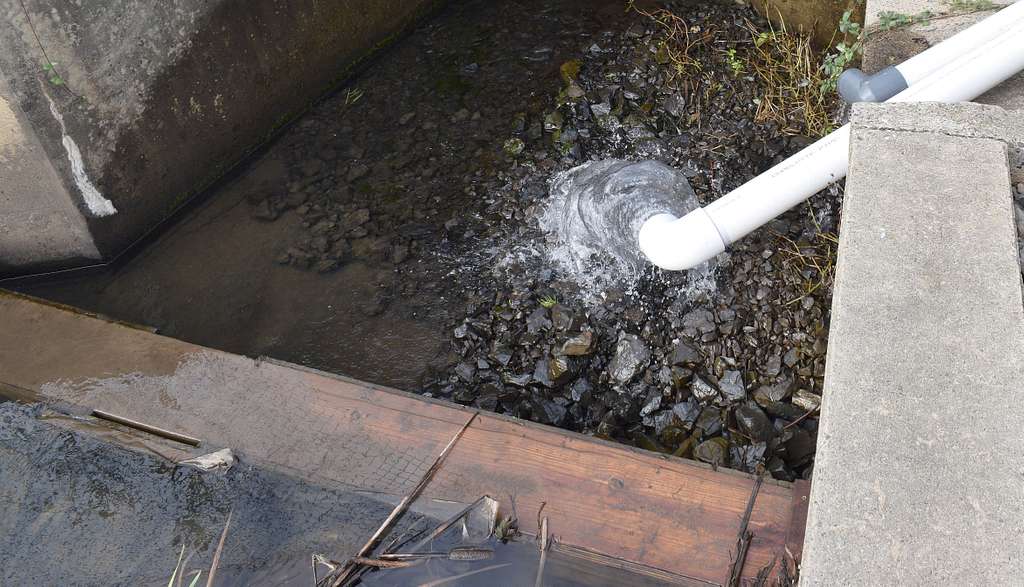Why Is a Storm Drain Important for Your Snohomish County Home?
Having a storm drain system is crucial for managing excess water on your property. In Snohomish, Washington, where heavy rains are common, a well-installed storm drain can prevent flooding, protect your home’s foundation, and maintain the integrity of your landscape.
At Ivan’s Landscaping & Construction, we understand the importance of effective water management and are here to help you install the right storm drain for your needs.
Key Takeaways:
- Storm drains are essential for preventing flooding and protecting your property.
- Proper installation and maintenance are key to a functional drainage system.
- Ivan’s Landscaping & Construction provides professional storm drain installation services in Snohomish, Washington.
What Are the Benefits of Having a Storm Drain?
- Prevents Flooding: By channeling rainwater away from your home, storm drains reduce the risk of water damage and flooding.
- Protects Foundations: Proper drainage prevents water from pooling around your home’s foundation, which can cause cracks and structural damage.
- Maintains Landscape: A storm drain helps maintain the health and appearance of your landscape by preventing waterlogging.
Reduces Soil Erosion: Effective drainage systems control runoff, minimizing soil erosion and preserving your garden beds and lawn.
What Materials Do You Need to Install a Storm Drain?

The materials you choose are crucial for the durability and effectiveness of your storm drain system. Here are the key materials you’ll need:
- PVC or corrugated drainage pipes: These pipes are used to channel water away from your home. PVC is durable and easy to work with, while corrugated pipes are flexible and can handle various terrain.
- Catch basin: This is where water collects before entering the drainage pipes. It helps filter out debris and sediment.
- Drain grate: Placed over the catch basin, the grate prevents larger debris from entering the drainage system.
- Gravel or drainage rock: Used to backfill around the pipes, providing stability and promoting water flow.
- Sand: Sometimes used as a base layer under the pipes to improve drainage and stability.
- Geotextile fabric: This fabric prevents soil from clogging the gravel and pipes, maintaining the drainage efficiency.
- Pipe connectors and fittings: Essential for connecting various sections of the drainage pipes securely.
How Do You Prepare for Installing a Storm Drain?

What Permits Do You Need?
Before starting your installation, check with local authorities to determine if you need any permits. This ensures compliance with local building codes and regulations.
Please remember there are times when you have to have a professional plumber to help out with storm drain jobs, especially for residential properties. We have one of our friend’s at Elite Plumbing & Sewer down in Lake Stevens, Washington help us out sometimes before storm drain installation projects to make sure everything is right.
How Do You Choose the Location for the Drain?
Choosing the right location for your storm drain is critical for its effectiveness. Start by identifying areas on your property where water tends to collect. These are often low spots in your yard, depressions, or areas near downspouts where water runoff from your roof accumulates. Here are some detailed steps to guide you:
- Observe Water Flow: During or after a heavy rain, walk around your property to see where water pools. Take note of these spots, as they are prime candidates for your storm drain.
- Consider the Slope: Your storm drain should be installed in a location that takes advantage of the natural slope of your yard. This will help gravity do the work of channeling water away from problem areas.
- Avoid Foundations and Structures: Ensure that the chosen location directs water away from your home’s foundation, patios, driveways, and other structures to prevent water damage and erosion.
- Check for Underground Utilities: Before digging, always check for underground utilities. Contact local utility companies to mark any lines to avoid damaging them during installation.
- Future Landscaping Plans: Think about any future landscaping projects. Choose a location that won’t interfere with or be obstructed by trees, shrubs, or other garden features.
- Accessibility for Maintenance: Place the drain in a location where you can easily access it for regular maintenance, such as cleaning out debris or inspecting the system.
How Do You Install the Storm Drain?

Step 1: Excavation
- Mark the trench path for your storm drain system.
- Use a shovel or trencher to dig a trench wide and deep enough to accommodate the drainage pipes and catch basin.
Step 2: Install the Catch Basin
- Place the catch basin at the lowest point in the trench.
- Ensure it is level and stable.
Step 3: Connect the Pipes
- Measure and cut the drainage pipes to the required lengths.
- Connect the pipes to the catch basin and run them along the trench.
- Use connectors and fittings to secure the pipes together.
Step 4: Install the Grate
- Place the drain grate on top of the catch basin.
- Make sure it fits securely and is level with the surrounding ground.
Step 5: Backfill and Compact the Trench
- Cover the pipes with gravel or drainage rock for added stability.
- Backfill the trench with soil, compacting it as you go to prevent settling.
What Are Some Tips for Maintaining Your Storm Drain?
- Regularly inspect and clean the catch basin and grate to remove debris.
- Ensure the drainage pipes are clear and free from blockages.
- Check for any signs of erosion or settling around the trench and address them promptly.
- Schedule professional maintenance to keep your system in optimal condition.
Hiring a Professional
While installing a storm drain can be a DIY project, hiring professionals like Ivan’s Landscaping & Construction ensures a thorough and efficient installation. Our team has the experience and expertise to handle all aspects of storm drain installation, from planning and excavation to maintenance. Trust us to protect your Snohomish home from water damage and keep your landscape looking its best.
For more information or to schedule a consultation, Contact Us at Ivan’s Landscaping & Construction today. We’re here to help you with all your landscaping and construction needs in Snohomish, Washington.
Number:
Email:
Location:
FAQ: Storm Drain Installation for Your Snohomish County Home
A storm drain is a system designed to manage excess rainwater on your property. It helps prevent flooding, protects your home’s foundation, and maintains the integrity of your landscape. This is particularly important in Snohomish, Washington, where heavy rains are common.
If you notice water pooling in your yard, water damage to your home’s foundation, or frequent flooding during heavy rains, it may be time to install a storm drain. Ivan’s Landscaping & Construction can assess your property and recommend the best solution.
Key materials include PVC or corrugated drainage pipes, a catch basin, a drain grate, gravel or drainage rock, sand, geotextile fabric, and pipe connectors and fittings. These components work together to create an effective drainage system.
While some homeowners may attempt a DIY installation, hiring professionals like Ivan’s Landscaping & Construction ensures a thorough and efficient installation. Our team has the expertise to handle all aspects, from planning and excavation to maintenance, ensuring your system works correctly and lasts longer.
Regular maintenance is essential for keeping your storm drain system functioning properly. This includes inspecting and cleaning the catch basin and drain grate, ensuring the pipes are clear of blockages, checking for erosion or settling around the trench, and scheduling professional maintenance as needed.
